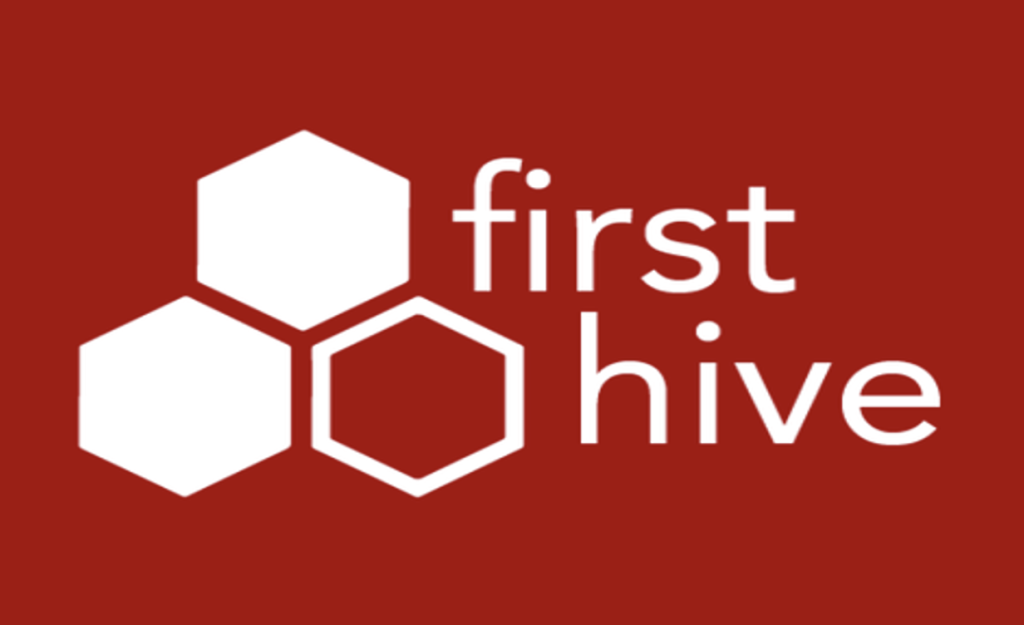In order to turn potential customers into paying customers, businesses utilize a sales funnel. This marketing term describes a customer’s journey from awareness of a brand or product to making a purchase and building loyalty of that brand.
There are plenty of courses and advice columns out there on optimizing your business’ sales funnel. Many business coaches will tell you that it all starts with the “list,” whether that is an email list or other list of customer data. These lists enable businesses to customize their sales funnels and drive more people towards eventual purchases.
FirstHive is a full-stack Customer Data Platform that helps businesses take control of their customer data, optimizing their sales funnels along the way.
Each Customer is Unique
In an before the advent of Customer Data Platforms (CDPs), customers had poor experiences due to fractured identities, data silos, and marginal returns on investment (ROI) within sales funnels. Technology was necessary to bypass data silos, creating barriers to data sharing. Businesses needed a CDP that would approach each customer uniquely.
FirstHive works under the belief that the CDP is the center of all marketing. Marketers the world over want to provide a customer experience that is informed by a unified customer view. These marketers struggle to do this in a fragmented, siloed system. The creation of the CDP breaks through the bottleneck of information silos and leads to a well-executed, data-driven customer experience.
There are various reasons why a CDP is the center of all marketing or the “marketer’s brain.” These include:
- The CDP is the only system to access all of the data.
- It eliminates guesswork and risky experimentation.
- There is no IT dependency.
- Seamless automation.
- First-hand look at the status of the customer experience.
Like the brain in the human body, the CDP is the entire marketing data center for the body of the business.

Taking the Guesswork Out of Funnels
Today, sales funnels have access to more potential customers than ever before. But, many marketers attempting to activate successful sales funnels are flying blind.
Tracking customers can be overwhelming given the sheer number of places customers are found. Marketers routinely sweep through social media channels, websites, and affiliate sites to locate potential paying customers. Many are also utilizing email lists to bring people into their funnels.
When working without a CDP, the data from these sources is kept fragmented. As a result, the marketer never gets a complete picture of who their customers are.
How Does the CDP Work?
The CDP works at the beginning of customer contact, collecting data at the earliest point and connecting it to customers even as they remain anonymous. A customer map is built for the company that allows the marketer to customize their marketing to that customer.
CDPs also centralizes data, breaking apart the data silos and painting a clear picture of customer activity. A unified profile is constructed from online and offline data that allows for customizable and ultimately successful funnel creation.
The data collected within the CDP is then converted to marketing intelligence by analytical tools. If a marketing campaign needs specific data, the CDP-collected data can be segmented for that purpose.
This single customer view from multiple sources solves one of the most significant pain points that marketers experience today. Marketers can release targeted, relevant campaigns, bringing more people into their funnel that will be apt to see it through to the end and become loyal, paying — and hopefully, repeat — customers.
The CDP is the ultimate crystal ball for companies who want a way to predict customer behavior before launching campaigns. Ultimately, this approach saves businesses time and money that would have been needlessly spent on customers unlikely to become loyal purchasers. The CDP approach allows companies to speak directly to their ideal customer and lead them through sales funnels that result in successful purchases.




